Winter is off-season for trekking in Nepal. winter Season starts from December which means, it’s mid-winter during January. The days start getting colder than ever during this month. But many don’t know that trekking to Everest base Camp is possible even during winter that too with most amazing view and less crowded trails.
Being the coldest month of the year, a base camp tour during January is one of a kind type of adventure,
exploring the snow capped mountains. Everest Base camp receives fewer number of tourists visiting during
January. This means less crowded trails.
Everest Base Camp Trek Weather & Temperature In January
The climate is really cold during the winter in the Himalayas. However, the days are quite sunny and
warm. The nights can get really chilly though. And the day is short which shortens the hiking period as
well. Similarly, the rainfall pattern is predictable during the month.
The Himalayan region receives very less rainfall during this season. The sky is clear and sunny during the
day. But being winter season there Is no certainty of snowfall. This region can receive snowfall during
January.
Place – Elevation- Max. temp – Min. temp
Lukla 2860 m 8.5°c -2.8°c
Namche 3440 m -3°c -10°c
Dingboche 4410 m 1°c -15.3°c
Lobuche 4949 m -1.1°c -18.3°c
Gorak Shep 5164 m -2.1°c -19.6°c
Merits of trekking Everest base camp during January.
Having fewer trekkers during January, there are many merits of trekking the Everest camp during
January. Some of the advantages are listed below.
- Since there are fewer travelers, hiring guides and potters is easy during January. During the peak
trekking season, there is high demand if guides and potters so it’s hard to find potters during
that season. - During the peak tourism season, it’s not easy to get desired flight tickets from Kathmandu to Lukla. But during winter, finding desirable flight time to Lukla is easy.
- Lesser the number of visitors, the clearer the trekking trail. Since the EBC receives a fewer number of visitors, you can have the beautiful trails all to yourself during January. In the same way, there are very less chances of your photos being photobombed by other visitors. This means a peaceful trekking trail with easy access to beautiful undisturbed pictures
- Due to decreased number of visitors, fewer rooms will be occupied in hotels and teahouses so you can ask for extra mattresses and quilts to have a comfortable and cozy stay. In the sameway, you also get the power to bargain the prices of some products meaning you can get some things at cheaper rates.
- You get great value for money. Having few numbers visitors various hotels and teahouses offer discounts and complimentary to the guests. This ensures you get great value for the money you pay.
- Plenty of access to solar chargers. During the peak tourism season since the number of visitors is quite high, there’s always a long wait at the solar charging ports in different areas. This problemis not seen during the off-season, January time.
- January remarks beginning of the new year. In the Himalayan region, the people of the Sherpa community celebrate loshar. This means if you visit during January, you not only get to witness the beautiful sceneries but also be a part of various festivals celebrated during this time round.
Packing essentials and equipment.
- First aid kit, whistle
- Comfortable and warm clothes/trekking gear
- Snacks and water.
- Light sleeping bags and down jackets
- Torch or flashlights
- Money (preferably cash)
- Thermal wears.
- Knife or multi-tools/ travel-sized gear repair kit
- Raincoats
- Maps and reading materials
- Travel towels
- Extra change of warm clothes
- Other winter essentials like woolen gloves, woolen hats, scarf, etc.
- Other treks available during January
During January not just Everest base camp trek is available. There are other trekking options you can choose from as well.
1. Gokyo lake trek
The best alternative to the Everest base camp trek during January is the Gokyo lake trekking. This trek
will take you to the beautiful Gokyo lake situated at the Gokyo valley with the view of the largest glacier
in Nepal, Ngozumpa, you will also enjoy Mt. Everest, Mt. Cho Oyu, Mt. Lhotse, and Mt. Makalu. Along
with this, Gokyo Ri and Chola pass are other two wonderful places to go to in this trek.
2. Everest panorama view trek
This is also one of the best alternatives if you do not want to visit the EBC but avoid the classic Everest
base camp trek. This trek will take you to Lukla, Phakding, Namche Bazaar and Tengboche. Even though
short, this trek will give you splendid views of Mt. Everest, Mt. Lhotse, Mt. Thamserku, and Mt.
Amadablam.
Conclusion
January trek isn’t as difficult as some people make it sound. The cold most certainly is difficult to bear
but not so extreme that trekking becomes impossible. It is also beneficial because of all the advantages
it offers. From the less crowded trails, better accommodation, bargaining power of the guests to a
majestic view of the snow-capped mountain giants.

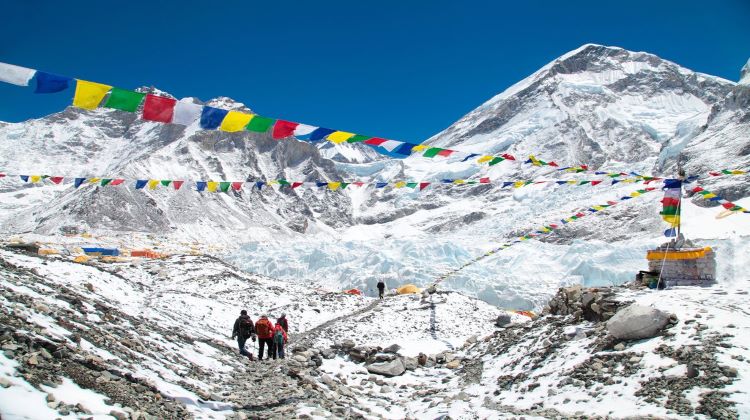
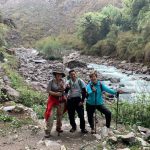 Wednesday, June 25th, 2025
Wednesday, June 25th, 2025
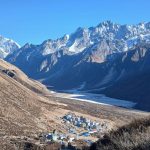 Sunday, June 22nd, 2025
Sunday, June 22nd, 2025
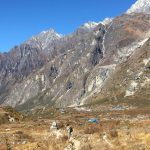 Saturday, June 14th, 2025
Saturday, June 14th, 2025
 Sunday, June 8th, 2025
Sunday, June 8th, 2025
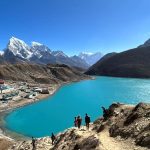 Wednesday, June 4th, 2025
Wednesday, June 4th, 2025
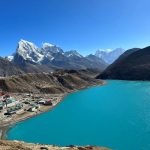 Wednesday, June 4th, 2025
Wednesday, June 4th, 2025
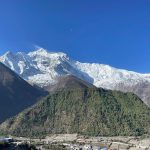 Friday, May 16th, 2025
Friday, May 16th, 2025
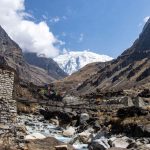 Friday, May 9th, 2025
Friday, May 9th, 2025
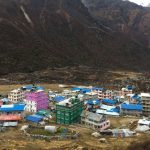 Tuesday, February 25th, 2025
Tuesday, February 25th, 2025
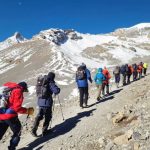 Thursday, April 24th, 2025
Thursday, April 24th, 2025
